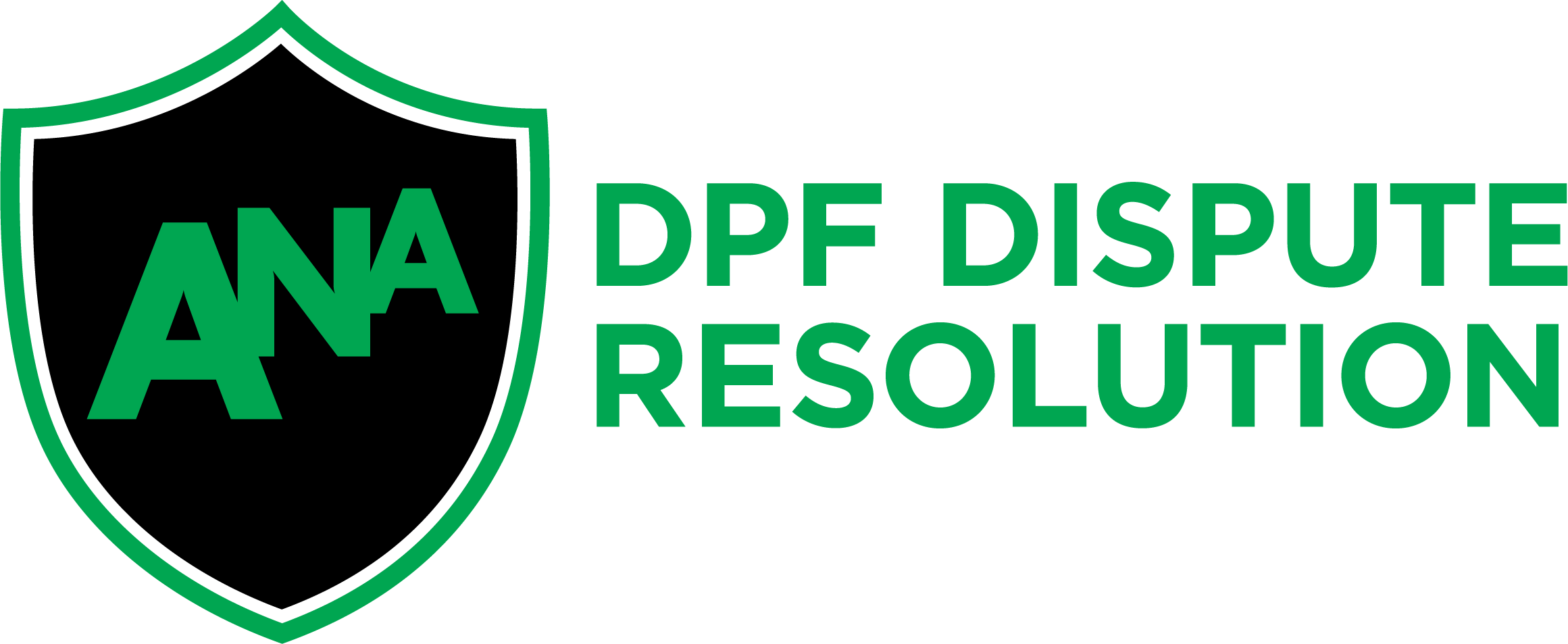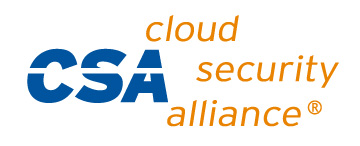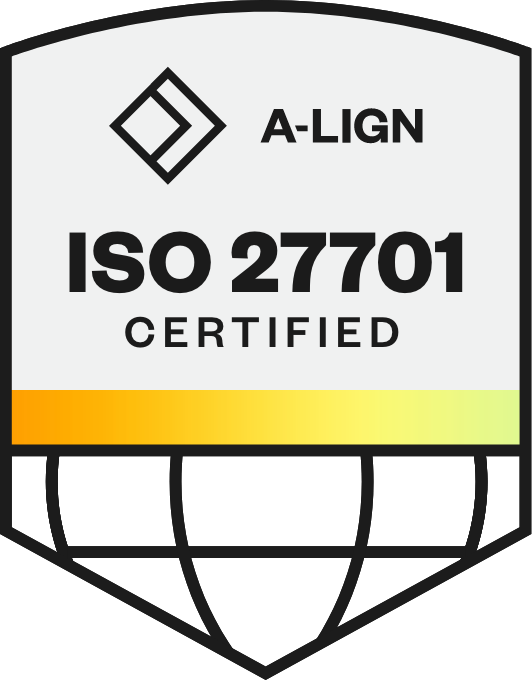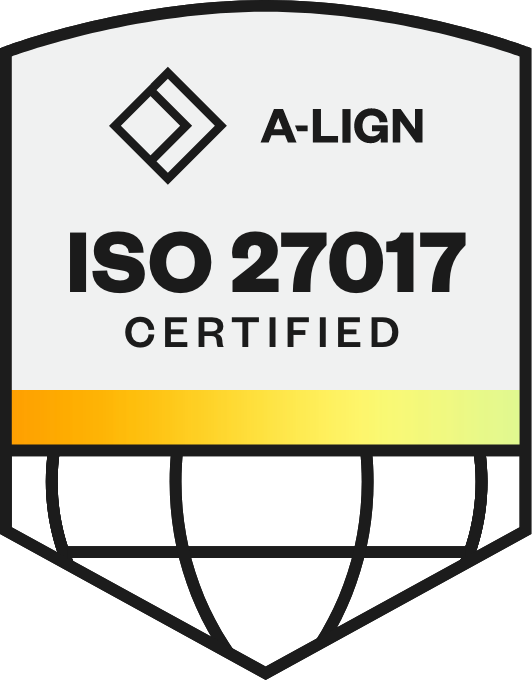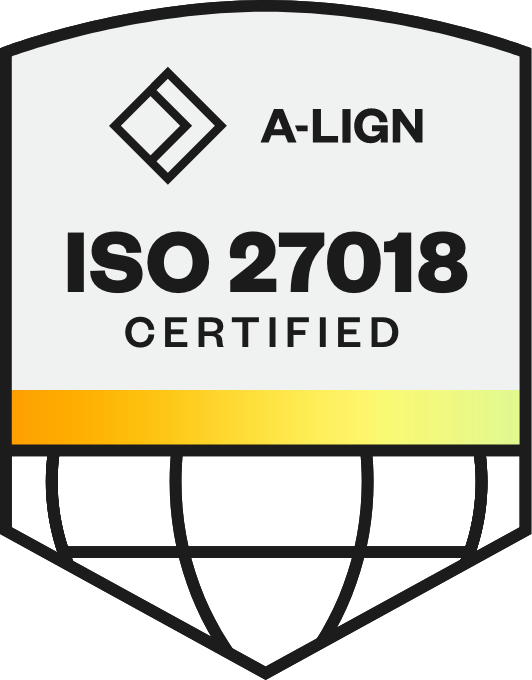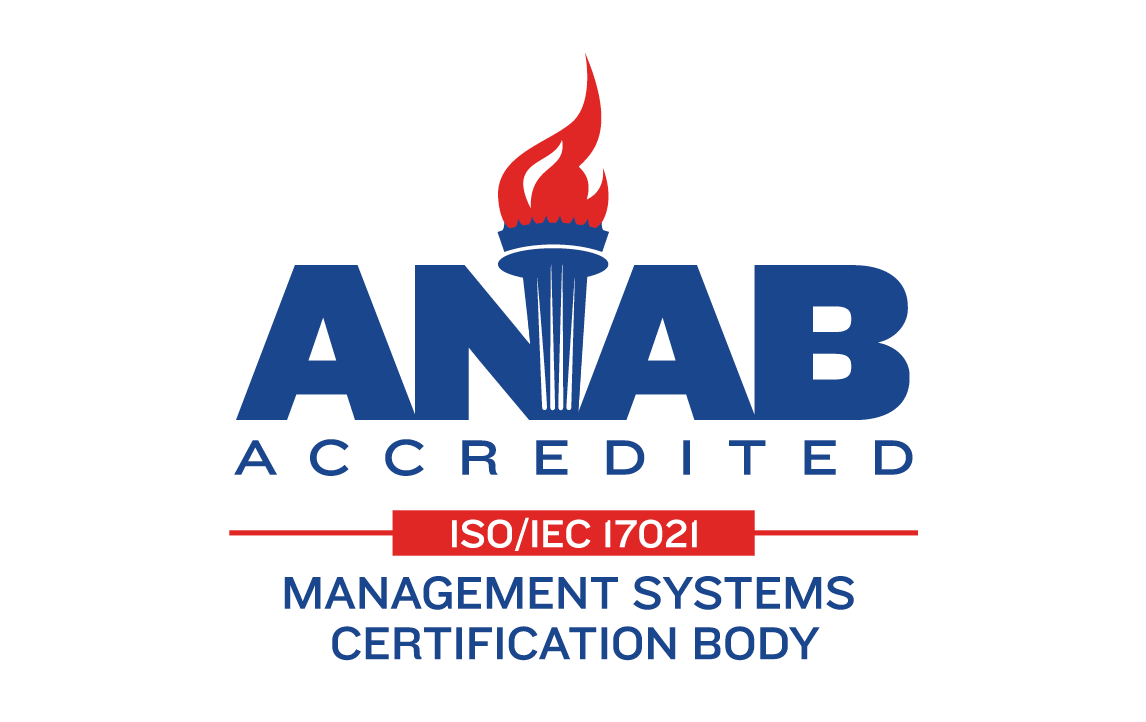
Workforce Planning, Skills, and AI: Oh My!
How much can AI actually affect workforce planning and skills management?
More than you think!
AI enables advanced applications for both planning and skills like the monetary valuation of specific skills, the rapid creation of a job architecture for skills management, and the advancement of ethics and data privacy with repeatable, explainable systems.
Talent Experience Live tackled questions on how AI and skills can yield optimal data, impact workforce size, and influence performance and compensation structures.
We also explored how adopting a skills-forward approach affects career pathing and the employee experience — along with the preparatory requirements for effective AI implementation.
Get top insights in the blog, or watch the full episode below:
How does a skills-first approach influence career mobility?
Historically, people focus on education and experience at a job role level when marketing themselves to employers.
But that’s changing, as skills are emerging as a more accurate way to assess employee value and guide career paths, according to John Deal, Senior Director of Product Marketing at Phenom. “The way that people will be evaluated, the way that people will market themselves, definitely will be more down to the skills level.”
For employees, this shift means keeping track of the skills they’re learning on the job. For employers, it means evaluating both hiring needs and job candidates based on skills rather than job titles.
Related reading: Career GPS: Guiding Employees Through the Skills Landscape
What challenges do employees face in tracking their skills?
Taking the time to notice and capture every skill gained during busy stretches at work can be daunting. Skills tracking, skills visibility, and skills validation by managers are common challenges.
Deal shared two essential ways to stay on top of your skills inventory:
Consistent communication between managers and employees. “If it’s an ongoing conversation between employees and managers… and it’s an exercise of identifying your skills, it’s going to become second nature,” Deal said.
AI-assisted skills management. Employee portals with AI can help by tracking accomplishments and adding skills to employees’ profiles for them.
What is the benefit of associating a dollar amount with specific skills?
Attaching monetary value to skills can guide HR decisions on creating new roles versus upskilling internal employees.
For example, let’s say an organization identifies the need for an AI Curator job role, which comes with a high salary price tag. But what if internal talent has 80% of the skills required for that role and can be upskilled to perform the job?
“That is the future of talent agility. If you don’t get down to that granular level across the board, you’re just going to keep missing out” on internal talent, Deal said.
And while that level of granularity isn’t quite there just yet for most skills, it’s the direction things are moving.
“I think it’s an evolving conversation, but… once people start implementing this with the technology that’s out there, then the data will be quantified in a way that you can assign dollar amounts to [skills],” Deal said.
Do organizations need a skills architecture in place before adopting a skills-based strategy?
A skills architecture — automated technology that connects skills, roles, progressions, learning content, and people — is key for identifying existing skills as well as gaps. For companies, developing a concrete skills architecture should be a primary goal.
But it isn’t a requirement to get started with a skills-based approach. Working with a tech partner that can provide a baseline data set is enough to get started.
“The more data you have, it will inform better decisions,” Deal said. “The idea is you could have a baseline of data without necessarily having a job or career architecture fully in place yet, but of course, the job architecture would help you find that information.”
Related reading: How Skills Technology Drives Talent Acquisition Excellence
Is data privacy a concern?
Employers definitely need to be aware of potential ethical issues related to leveraging employees’ personal data for talent deployment. For example, if a manager has a job role to fill and identifies an internal person with the requisite skills, is it ok to pursue that employee for the role?
While it’s important to consider these issues — and to acknowledge that employee data should only be used to help advance careers — they shouldn’t have a chilling effect on implementing skills technology, Deal believes. “Don’t let [these concerns] get in the way of using tools that are going to help your organization — and ultimately your employees.”
Instead, take measures such as the following to ensure ethical usage of employee data:
Fully understand how data collection functions with the skills tech selected
Define data to be collected, and put appropriate controls in place
Build a process to get employee permission to collect and use skills data
What are the primary benefits of using AI for skills management?
Using AI for skills management has two primary benefits:
AI speeds up the development of a skills architecture. AI can uncover the depth and breadth of skills available among the internal workforce, identifying strengths and weaknesses.
AI is a recommendation engine. AI can draw inferences between employees’ skills and relevant internal opportunities and make personalized recommendations. “That’s the biggest power, and if that same recommendation engine is being used by employees, by managers, and even by HR teams, all from the same data set, that’s really powerful,” Deal noted.
Related reading: How to Add Skills to Your HR Tech Stack
Will AI eliminate jobs?
It’s the perennial question in AI discussions. Here’s how Deal sees it: “[Some] roles will go away, but that doesn’t mean that employees won’t have opportunities to move into different roles.”
As a comparison, think about the Industrial Revolution. Automation took over jobs, yes. But it also created the demand for new, more highly skilled job roles — people to perform maintenance and repair, to oversee safety and quality, and a multitude of others.
“AI will take tasks away that are really menial and leave opportunities for people to become more highly skilled and move into other roles where they can add more value to the organization,” Deal said. “This is just the latest opportunity to upskill our entire workforce.”
And when it comes to the relationship between skills and compensation, we should expect to see skills tied in more and more, Deal said. And that’s good news for employees. “Once you get the ability to put a dollar amount on skills, you’ll be able to really pay people more of what they’re worth, and employees will be able to demand more [of] what they’re worth,” Deal said.
How can a skills-first strategy change an organization’s approach to career pathing?
Rather than being locked into a linear career path, a skills-based approach opens up opportunities across the organization for employees.
“The benefit of a skills-forward organization is that you put the power in your employees’ hands to choose their own adventure,” Deal said. “This is transparency at the best level, giving employees a view into everything that they could possibly do.”
If you’ve adopted a skills-based approach, showcase this to your talent pool, he added. Educate people that they have the freedom to move within the organization, and show them the steps they can take.
Related resource: Workforce Intelligence Guide: A Skills-Based Deployment and Adoption Plan
How much prep goes into getting an AI-driven skills architecture established?
While organizations may need to perform some level of data prep on the front end, implementing AI skills management tech shouldn’t require months of advanced work.
It’s important to keep in mind that AI is not meant to function independently of human involvement. “The machine is not meant to run by itself. This is not a flip-of-the-switch thing. AI is an assistant,” Deal clarified.
That means stakeholders within the organization need to provide input before implementation. “No one has more context about the organization than the people that are working at it,” Deal noted.
Also keep in mind that fine-tuning the data post-implementation is just as important — think about giving movies a thumbs-up or thumbs-down to train Netflix on future recommendations, Deal explained.
Why AI for skills management?
In Deal’s view, AI is most valuable as a way to help us parse out skills gained that we as busy humans aren’t always cognizant of as we go about workday tasks and projects. “The idea is that the technology is an assistant to help you remember the opportunities you took to be impactful.”
Want to get started with AI for skills management? Request a complimentary skills snapshot and get a view of your organization’s roles, skills, and progressions here.
Maggie is a writer at Phenom, bringing you information on all things talent experience. In addition to writing, she enjoys traveling, painting, cooking, and spending time with her family and friends.
Get the latest talent experience insights delivered to your inbox.
Sign up to the Phenom email list for weekly updates!



